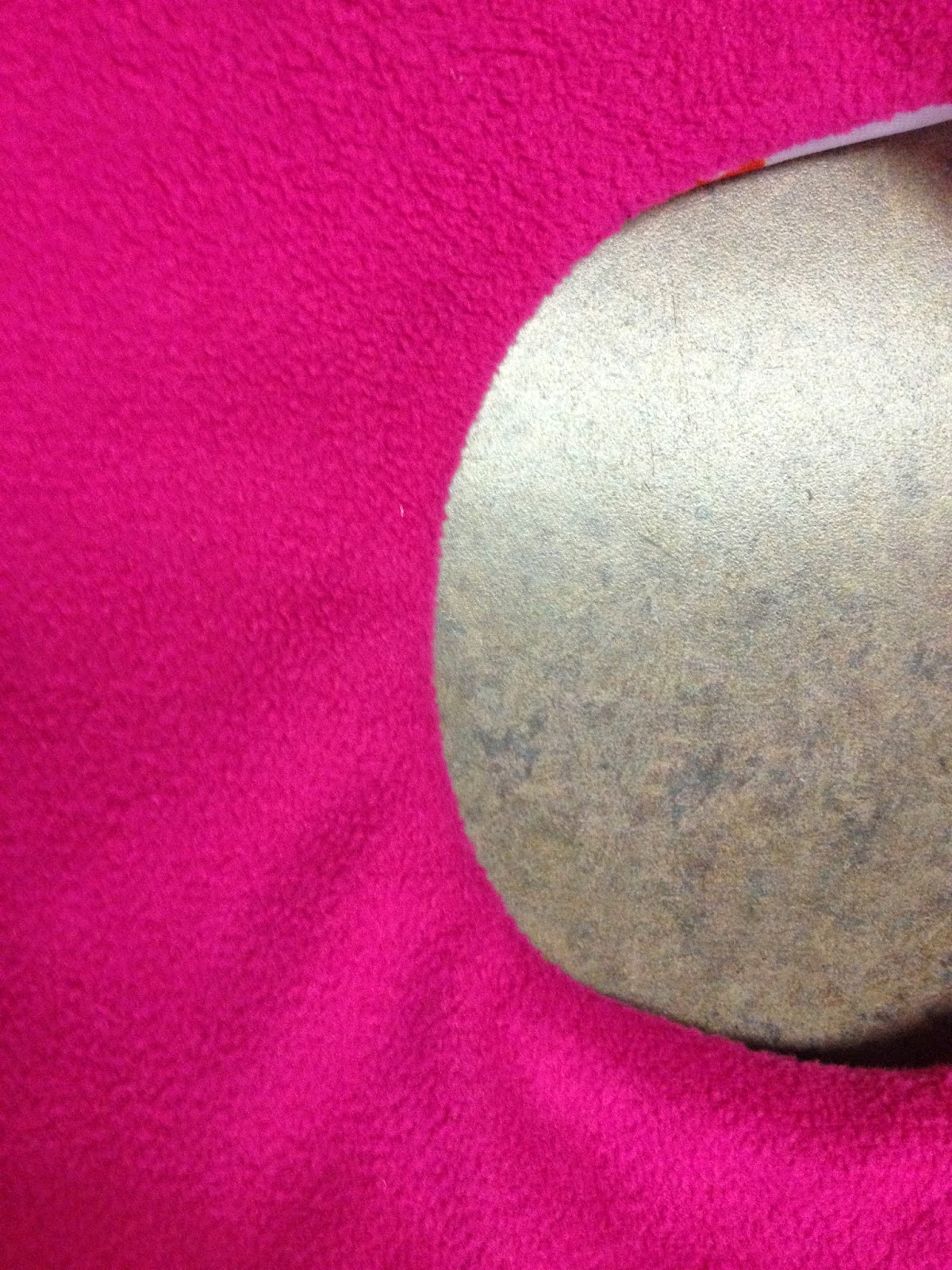How To: Make Your
Own Bias Tape
Bias tape is extremely versatile. You can use it to finish
off edges to almost anything. Imagine a pot holder, the edging is almost always
bias tape. This very useful cut of fabric is also used on things like aprons as
well as on clothing items. Bias Tape literally wraps and finishes the raw edge
of your sewing project.
The white neck line of this shirt is finished with a bias tape binding.
What you will need
Fabric, Scissors, Ruler, fabric pen or pencil, iron
Step by step
To start you will need to decide how long you want your bias
tape to be. You can decide this by measuring the edges of where it will be.
This distance will then tell you how much fabric you need. Bias tape is cut “on
the bias” or at a 45 degree angle.
The best way to start is to open up the fabric and find the
perfect right angle. You can measure both ways the same distance to make sure
you have a square. Then fold the ends together and iron the edge. Be careful
not to stretch this edge out of shape. After ironing unfold and cut along this
crease.
From this new cut edge use your ruler to measure over the
appropriate amount for the correct size binding. Because bias tape is measured
by width, the standard 1/2” bias tape is 2” wide when opened up and when sewn and finished
covers approx. 1/2” around the edge.
After you have cut your width, iron it in half. Then start with one side and fold toward the center (pressed) line. Iron again. Then fold and press the other side towards the center. You can leave it at this stage for sewing or you can fold in half again and press to make sure you have stiff pressed lines. You will use these to sew on. TA DA you have just created bias tape!!!!
Next you will need to choose what you are finishing, this is where your project edge will become finished.
Line up one side of your bias tape to the edge of your project. You will place the right side of the bias tape to the wrong (inside) of the project. Then pin and sew along your pressed line (seam allowance) For 1/2" bias tape, your seam allowance will also be 1/2".
The amount or width you want as the finished edge should be multiplied by 4 and that total is the amount that you would cut. This accounts for seam allowance.
After sewing one side to the project it will still look like raw edges and kind of inside out. You will then need to fold over the bias tape towards the right side (outside) of the garment. Then pin and topstitch along the edge of the folded edge of the bias tape. Be careful and take your time this is the outside of your project and it will be seen when you are finished.
Now you are done! Congratulations on binding your project with bias tape!!!
BUT WAIT!!!!! MY PROJECT HAS CURVES!!!!
Never fear! The picture to the left is a mock shirt neck, if you are sewing a shirt please sew it together before binding the edge. This is just to show you how it will look to bind a curve. Start by lining up and pinning the edge of your bias tape with the right side to the wrong side of your project. Sew along your pressed line. If you try to fold over and top stitch at this point (like the straight line tutorial) your project will be bunchy and not look right!!!!
YOU HAVE TO CLIP!!!
Please, please, please, take my advice any time you have corners or curves you need to clip. In this case you will be clipping out triangles. This removes the extra fabric that will bunch together. Clip the triangles with the point towards the seam line. Be extra careful not to cut the seam line or you will have to go back and sew over and reinforce it if you do cut the line.
Once you have clipped the excess out now you are ready to fold the rest of the bias tape over to the right side of the fabric and top stitch.
Once again, take your time with your topstitching. People will see your squiggly lines because this is the outside of your project!!! PRESS your project for a nice finished look!
And there you have
it!
Congratulations on completing you bias binding project! Have any suggestions for a tutorial you would like to see? Please email us!





















































